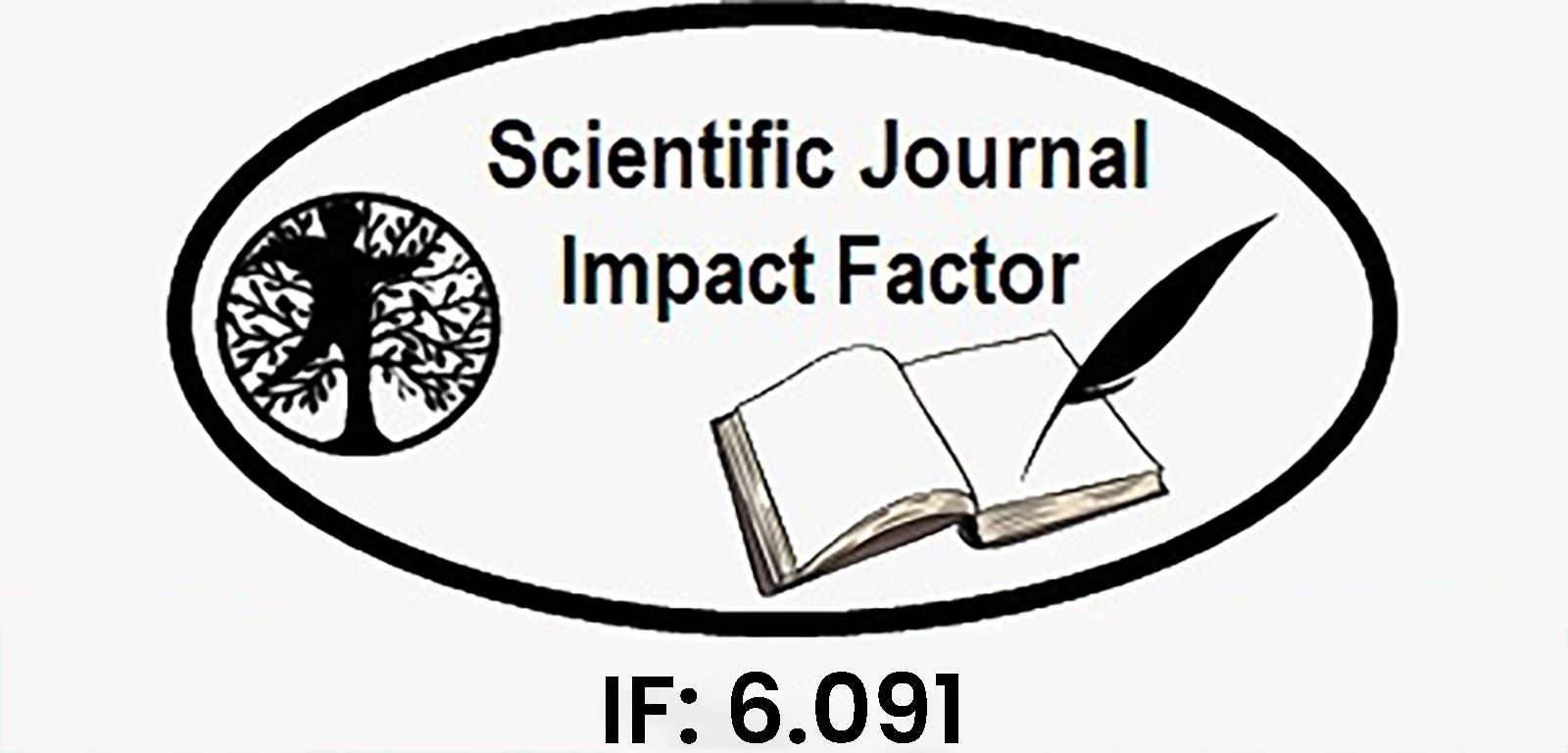Enhanced Cellular Traffic Prediction Using Tuned XGBoost and Advanced Ensemble Regression Models
DOI:
https://doi.org/10.62647/Keywords:
Cellular Traffic Prediction, Quality of Service (QoS), Adaptive Machine Learning, XGBoost, CatBoost, Voting Regression, Data Preprocessing, PCA, DBSCAN, Flask Framework, Real-Time Deployment, Resource Allocation.Abstract
Accurate cellular traffic prediction is vital for optimizing Quality of Service (QoS) in modern networks, especially with the rising requirement for real-time applications. This paper introduces an advanced Adaptive Machine Learning-based Cellular Traffic Prediction (AML-CTP) architecture that incorporates sophisticated machine learning algorithms like as XGBoost, CatBoost, and Voting Regression, with parameter tweaking to optimize predictive performance. The suggested system uses strong preprocessing methods like Min-Max Scaling, PCA to reduce the number of dimensions, and density-based clustering methods like DBSCAN to focus on data clusters that are very similar. These strategies make model training more efficient and less complicated. The system is built using the Flask framework to make it easier to use and deploy in real time. This lets users easily upload data and get forecasts. The experimental findings suggest that XGBoost works well, with the maximum R² score of 98%. This shows that the system can adapt to different traffic patterns, optimize resource allocation, and improve the overall quality of service (QoS) in cellular networks.
Downloads
Downloads
Published
Issue
Section
License
Copyright (c) 2025 P.Ramulu, Mrs.V.Subhasini (Author)

This work is licensed under a Creative Commons Attribution-NonCommercial-NoDerivatives 4.0 International License.















